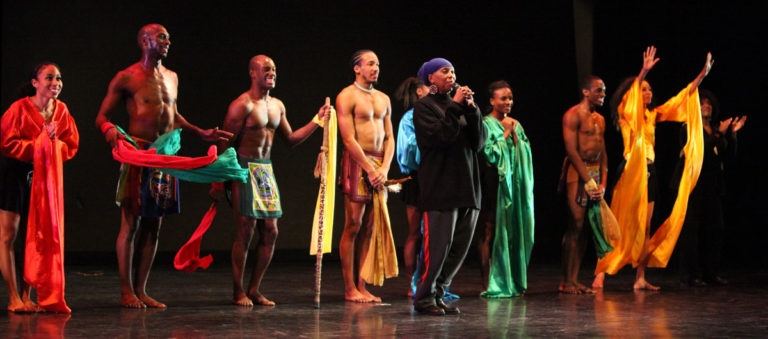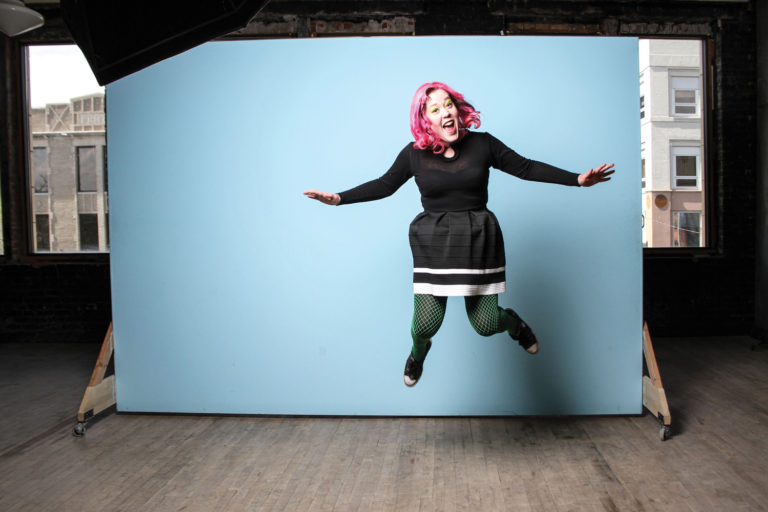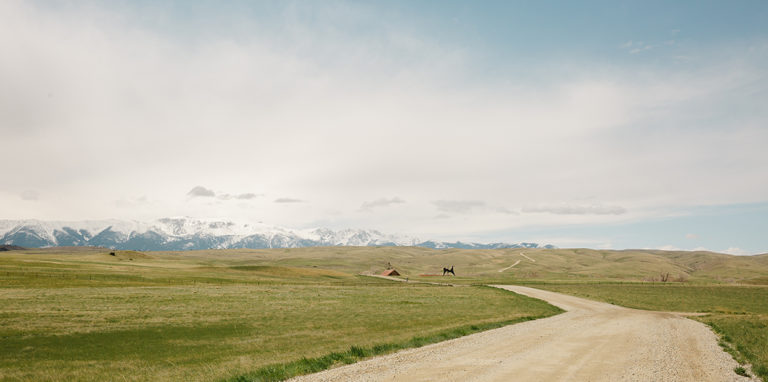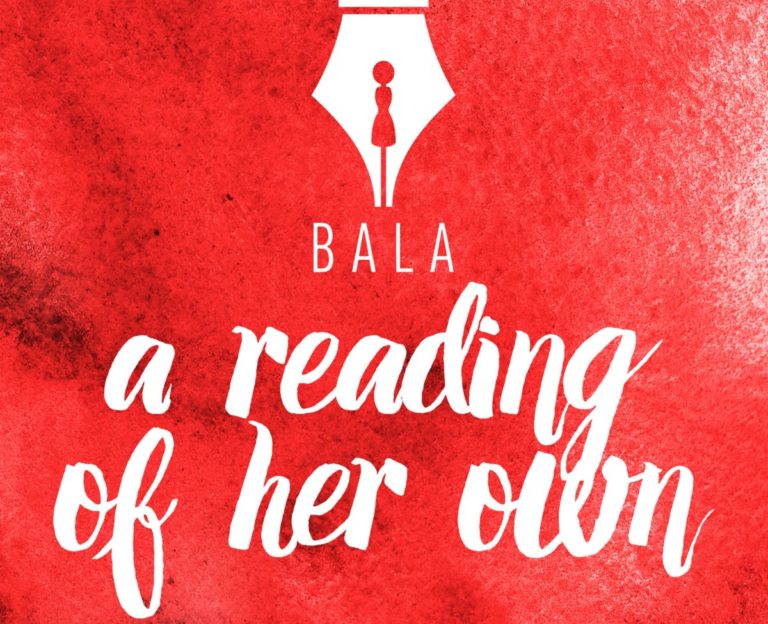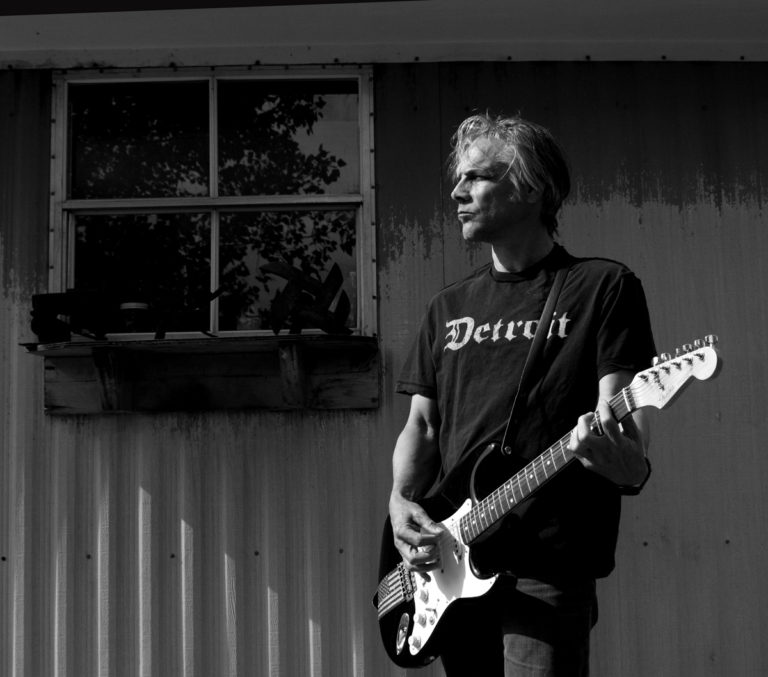Combining forms: Polly Apfelbaum’s ‘Fallen Paintings’
Instead of hanging on the wall, contemporary artist Polly Apfelbaum’s creations are displayed on the floor. Like painting or sculpture, Apfelbaum’s work relies heavily on color, texture and form, yet her textile pieces are created from materials formed into abstract shapes to create what she has termed “fallen paintings.”
“I’m a person who is between paining and sculpture,” Apfelbaum said in a recent interview while in Billings setting up her latest artistic endeavor. Termed “Mini Hollywood,” the art display opened April 1 at the Yellowstone Art Museum.
Since a showing of her assemblage art in 1986 in New York, where Apfelbaum calls home, she’s been working as an artist and exhibiting her work internationally. Crushed velvet, crepe paper, felt, bed sheets and safety pins are some of the materials Apfelbaum has used in her work. For the Billings instillation, she selected sequined fabrics commonly used in the fashion industry.

These fabrics, laid on the floor like carpeting, sprawl from the corners of three galleries on the YAM’s first floor. Yet the material, like wet slabs of colorful paint, embodies a high sheen. The work is playful; the colors create holographic rainbow hues across the gallery and float from the ground to the ceiling, creating a multi-layered effect that fills the spaces.
“I want people to feel the color,” Apfelbaum said. “When you look at a painting on the wall, that’s one thing, but when you have to walk through, colors start moving and shifting, and that for me is really wonderful. Every minute it’s a different thing.”
Because the work blossoms on the floor, Apfelbaum’s pieces invite the viewer to interact and require museum visitors to traverse the work with their bodies.
“One of the reasons I love the floor is that people do have to walk though, and I can control that by the paths that I make,” Apfelbaum said. “It’s almost stopping people so they have think, ‘Where am I going to go? You can’t walk on this, but why?’”
In 2003, a mid-career survey of Apfelbaum’s work opened at the Institute for Contemporary Art in Philadelphia. Featured in “Art in America,” the exhibition was explored by artist and writer Stephen Westfall who noted Apfelbaum’s “geometric clarity” (a term she uses for some of her work) as having “the apprehension of a clarifying order within even haphazard circumstances.”
“In her own work, this otherworldliness is transmuted into material enchantment and a startling tenderness for the unhinged and displaced,” said Westfall. Such works featured a “hand-worked” appearance from cutting each individual piece. Yet in creating such laborious artwork she “was dying,” Apfelbaum said.
“I cut everything. This new work is the least cutting I’ve ever done in my whole life,” she said. Some of her previous floral works, resembling cartoons, have drawn comparison to pop art created by Andy Warhol, including his comic detachment and concentration on ardor and desire. Like a kaleidoscope, the pieces lack any obvious organization, yet when focused relate to one another in bursts of color and shape.
Mid-career Apfelbaum “wanted to shake things up,” and this newest form of gallery installation is her transformation. “Everything is so mediated, and coming out of the world of making things, I like that still there is this tactility to this, and it’s very experiential,” she said.
In contrast to Apfelbaum’s past work, which was made in-studio, her new work is created in the space it will be displayed.
“That is a huge difference,” she said. Glancing to the gallery’s east wall, Apfelbaum points out a faint blue line hovering above the work. “(Working) in the studio, I never could have predicted that would have happened. There is a lot of chance and a lot of beautiful things. On one hand it’s very minimal, but then it does have this kind of pop.”
Robert Manchester, senior curator of the YAM, where Apfelbaum’s work is currently on display, said this type of contemporary art “is about the artist leaving things open enough so that the viewer completes the work. They’re bound to have a response.” Manchester made studio visits in August to New York City, hoping to court art displays for the Billings art museum, and he was impressed with Apfelbaum’s work.
“You have to interact with it rather than being able to choose to come up to a picture,” Manchester said. “With installation art, you have to move your body around it. The idea is to engage people in a way that doesn’t allow them to stay passive.”
Because her work is unique to the space and architecture she works in, Manchester didn’t know exactly what form the exhibition would take until Apfelbaum finished. He had museum staff take up the carpet in three of the downstairs galleries regardless, and Apfelbaum shipped materials to Billings to create the displays based on the gallery space.
“I think the space is really beautiful; it’s been a real surprise,” Apfelbaum said. She termed the Billings display “Mini Hollywood,” following a theme of place from her last instillation based on Vegas, Reno, and Atlantic City.
“I wanted somehow to follow that idea of place, and it became the West, which is very mythic,” Apfelbaum said. The original idea for “Mini Hollywood” came while she was visiting Almería, Spain, where numerous “Spaghetti Westerns” (western-themed films from Europe often produced and directed by Italians) were filmed. She based the Billings instillation on five colors—a palate of holographic and vibrant greens, pinks, and purples, grounded by brown and blue, to represent this idea of “Mini Hollywood.”
“The material is very idiosyncratic and has this kitsch factor, and it’s very large scale,” Apfelbaum said. “Your eye has to adjust. For me, it’s wonderful to wander through and see what the color does.”
With contemporary framing, Apfelbaum’s textile creations meld to create aesthetically pleasing art that’s more than just eye candy. She’s proved that within such dynamic art forms, the mixed message can bring reflection, interaction and contemplation.

